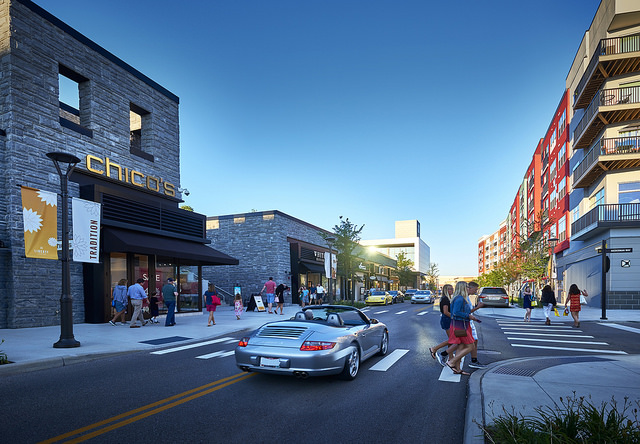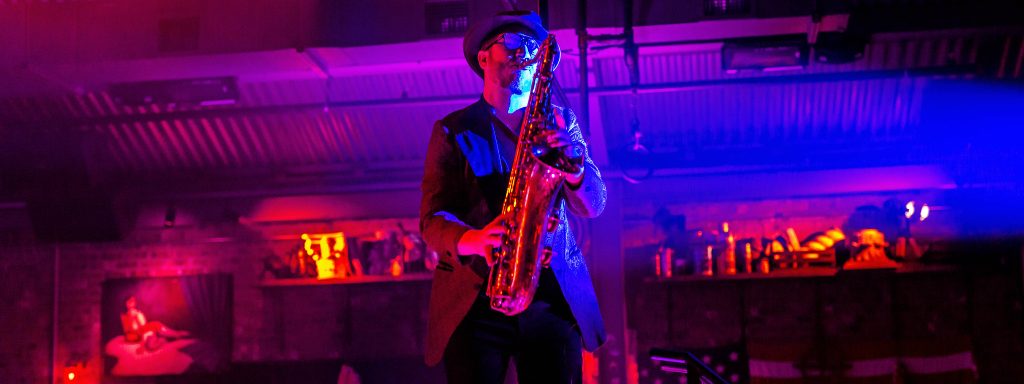By Dan Eaton, Columbus Business First
The problem with retail isn’t too much Amazon; it’s too many stores.
The retail world is in the midst of a culling, or sorts. As many as 9,000 stores are expected to close by the end of the year with names as varied in size and scope as Sears, Macy’s, Payless Shoesource, Gymboree, Abercrombie & Fitch and Radio Shack all slimming down and some, such as The Limited and H.H. Gregg, going away completely.
“The problem is we’re over-retailed, and it took a while for us to realize it,” said Yaromir Steiner, CEO of developer Steiner & Associates. “We just kept building.”
It’s a painful, but needed contraction. And it isn’t stopping yet.
Steiner estimated that 20 percent of the retail space out there – about 1.5 billion square feet – isn’t needed. Steiner, Denny Gerdeman, co-founder of Chute Gerdeman branding and design firm, and Steve Morris, founder of consulting firm Asset Strategies Group, spoke Wednesday morning on a panel at the annual Retail Summit put on by Franklin County and the Columbus Chamber of Commerce. The event continues through Thursday. The topic at hand for this trio of retail veterans was the state of retail. “It’s a confusing time in the retail world,” Gerdeman said.
The old way was rapid growth of cookie-cutter designed stores that were all the same and placed in as many locations as possible. Customers, particularly younger shoppers, are moving more to e-commerce every day with Seattle-based Amazon.com Inc. (NASDAQ:AMZN) the most eager to ready to meet those needs.
And needs is the correct term. Gerdeman said shoppers used to need to go to stores because that was the only option. The stores succeeding now are the ones that customers want to go to. They have to be special and they have to be integrated with e-commerce, he added.
Steiner, though he acknowledged the rising e-commerce sales, wasn’t cowering before Amazon.
He said that of the 12 percent of retail sales attributed to online and mobile, only one-third of that attributed to e-commerce only ventures such as Amazon. Those same brick-and-mortar operators closing stores are selling more online, too.
Amazon’s sales in Central Ohio are equal to what Costco does in the market, he said.
Another point against the death of brick-and-mortar? Online sellers themselves increasingly see the value in stores, Steiner said. Business that started online only, including Columbus-based Homage, Bonobos, Warby Parker and even Amazon itself, have moved into or are testing old-fashioned brick-and-mortar stores.
Gerdeman noted that most are finding that adding a store increases the e-commerce sales in that given market.
Steiner said there are three macro issues with this current upheaval. The first is that there is a cyclical nature to retail and adjustments always are needed. The second is advances in technology, and the third is the decrease in middle class incomes.
He said in 1980, 90 percent of the country earned 70 percent of the wealth. Today that has dropped to 50 percent. “That’s trillions of dollars gone from people who live paycheck to paycheck,” he said.






